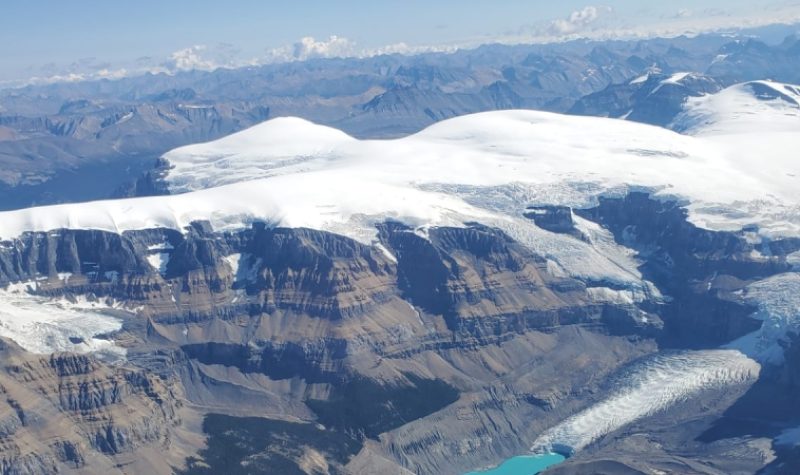New research is giving us a glimpse of what’s in store for western Canadian glaciers in the coming decades.
A recent UNBC study just published in the journal Science, under the title Global Glacier Change in the 21st Century: Every Increase in Temperature Matters, concludes that the planet will witness the disappearance of most of the worlds glaciers within the next 80 years, especially within Western Canada.
Based on current trends and increases in emissions the majority of Earth’s remaining glacier ice will exist only in southeastern Alaska, the Northern Coast Mountains, Yukon, northeastern Canadian and Russian Arctic and mountains that are on the fringe of Greenland and Antarctic ice sheets.
Now that Earth is sent to see an average increase in temperature above the 1.5 degrees Celsius threshold scientists have been warning about for years to ward off runaway climate catastrophe, the melting of major glaciers around the world will contribute to an almost 5 inch increase in sea level rise, which will see millions of people around the world forced from their homes along low lying areas in coastal regions.
This massive melt will also have drastic consequences for watersheds at home, and especially aquatic habitat and local hydrological formations.
One of the co-authors of this paper, Dr. Brian Menounos, a professor at the University of Northern British Columbia as well as a Hakai Institute affiliate and the Canada Research Chair in Glacier Change said in an interview, children born today will witness the disappearance of many glaciers in BC.
”Sadly, our collective inaction on reducing our dependency on the use of fossil fuel has already committed our glaciers to substantial mass loss for the foreseeable future,” said Dr. Menounos.
”Our recent work confirms results from an earlier study for western Canada that suggested widespread deglaciation within the mountains of western Canada by the end of this century. Our current study uses the newest climate projections reported in the Intergovernmental Panel on Climate Change Assessment Report, improved physical representations of glaciers and new approaches to calibrate physically based models that simulate the response of Earth’s glaciers to future climate.”
Listen to the full interview below.


